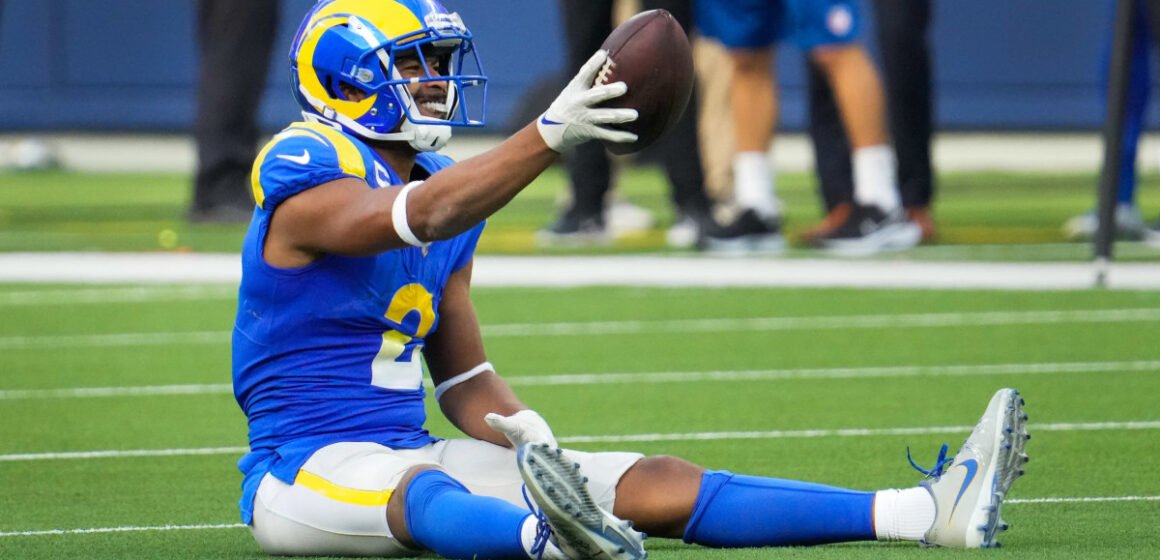The Perils of Playing on Artificial Surfaces
The opening game of an NFL season is a time of hope and anticipation for fans and players alike. However, the mood can quickly turn somber when a star player suffers a devastating injury. Such was the case when a premier quarterback suffered a season-ending Achilles tear on the artificial turf of MetLife Stadium. This incident reignited debates and discussions around the safety of synthetic playing surfaces in the NFL.
A Brief History: From Grass to Artificial Turf
Synthetic turf made its debut in the mid-1960s with the opening of the Houston Astrodome, dubbed the “Eighth Wonder of the World.” Designed to be cost-effective and low-maintenance, artificial turf gained popularity during the 1970s and 80s. The turf’s ability to facilitate faster gameplay made it an attractive option for stadiums.
However, over the decades, there’s been a growing preference among players for natural grass. Many players have expressed how their bodies feel the day after playing on turf as opposed to grass, and several injury reports have supported these anecdotal experiences.
Injury Data: What Does It Reveal?
It’s important to base any debate on empirical evidence. The NFL Players Association (NFLPA) has frequently pointed to the greater injury risk associated with synthetic surfaces. Data gathered by IQVIA and presented to various stakeholders showed a notable difference in injury rates on the two types of surfaces.
A compelling study from The American Journal of Sports Medicine in 2018 analyzed injuries from 2012 to 2016. This research indicated that synthetic turf play resulted in a 16% increase in lower extremity injuries compared to natural grass.
However, not all data point in the same direction. In 2021, injury rates on both surfaces converged, making the difference statistically insignificant. While this might seem like an anomaly, it serves as a reminder that making conclusive decisions requires a broad perspective.
The Larger Debate: Safety vs. Profit?
Accusations have flown that the NFL prioritizes profitability over player safety. These claims were further fueled by announcements that all matches of the 2026 World Cup would be played on natural grass, even though some NFL stadiums use artificial surfaces for their regular-season games.
NFL Commissioner Roger Goodell emphasized a science-based approach to the turf debate. He pointed out that it’s crucial to consider multiple factors, from the type of shoes players wear to the specific conditions of each game.
Yet, the crux of the matter remains: Is the NFL doing enough to prioritize player safety?
The Players’ Perspective: Grass or Turf?
Many NFL players have been vocal about their preference for natural grass. They feel it’s less taxing on their bodies and potentially less risky. The NFLPA has been a staunch advocate for transitioning to natural grass, arguing that long-term data and players’ experiences highlight the hazards of synthetic surfaces.
The sentiment isn’t limited to players alone. Coaches, like Jets head coach Robert Saleh, have weighed in on the matter. While they might not directly attribute injuries to the playing surface, there’s a general consensus that players prefer grass.
Conclusion: A Call for Further Study and Action
There’s no doubt that player safety should be paramount. With advancements in technology, it’s possible to develop safer artificial turfs that mimic the qualities of natural grass. As we move forward, it’s imperative that the NFL, players, and other stakeholders collaborate on research and actions that prioritize the well-being of the athletes who grace the gridiron every week.


Leave a Reply